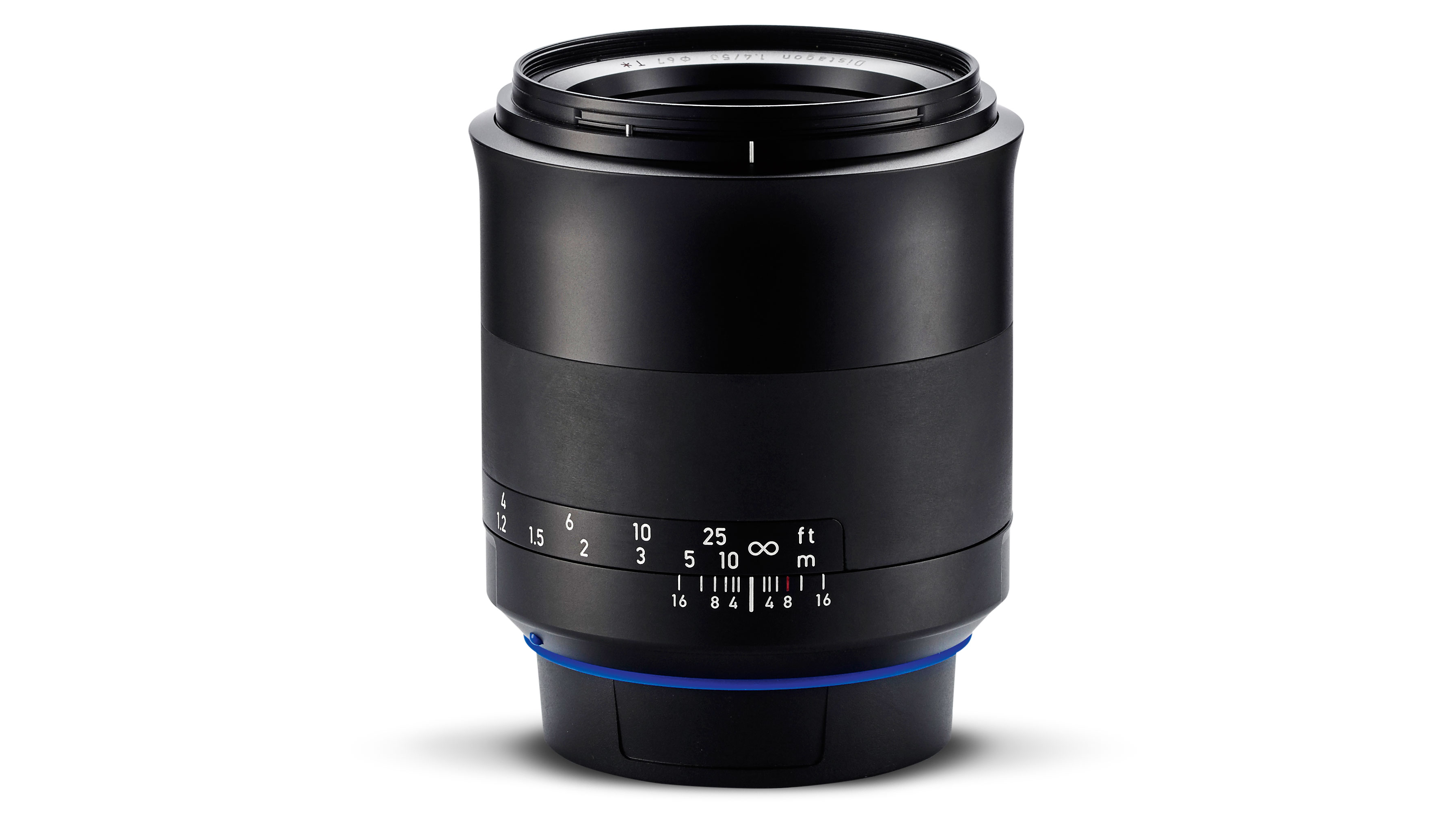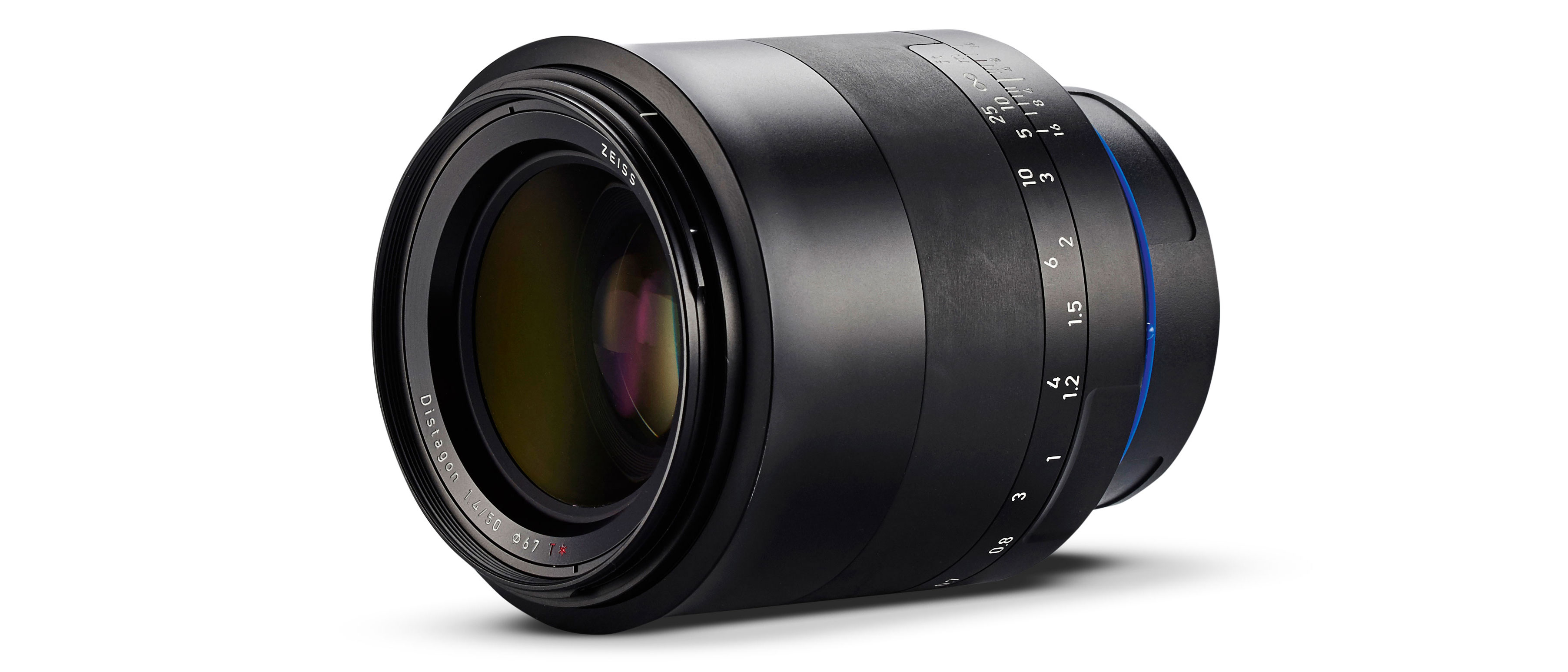Digital Camera World Verdict
A gorgeous lens inside and out, the stylish Zeiss Milvus 50mm f/1.4 ZE is an optical wonder, bursting with features that make it a pleasure to use and shoot with. Manual focusing with this lens – your only option, mind – is a genuine pleasure, and built-in electronics work with the focusing lamp to ensure you aren’t completely on your own. This lens justifies its premium price tag – a real slice of photographic excellence.
Pros
- +
Gorgeous optical quality
- +
Smooth focusing action
Cons
- -
Manual focus only
- -
Expensive
Why you can trust Digital Camera World
Autofocus cameras have been around since 1977, so why would a manufacturer still be making manual-focus lenses? Indeed, without the split-screen and microprism aids of yesteryear’s viewfinders, it can be tricky to nail manual focusing in modern DSLRs. But when it comes down to it, the Zeiss Milvus range of prime lenses does give a hands-on, feel-good-factor to photography, and the Zeiss Milvus 50mm f/1.4 ZE is no exception.
There are 11 lenses in the Milvus line-up, from an ultra-wide-angle 15mm f/2.8 to a 100mm f/2 macro lens. The 50mm f/1.4 lies at the centre of the range and is typical in that it has a well engineered metal barrel and a full set of weather-seals. It’s a fabulously crafted lens that should last a lifetime. The real delight is in the optical quality, based on Zeiss’s legendary Distagon design principles, premium glass and T* anti-reflective coatings.
The long rotational travel of the focus ring enables ace focusing precision, and the super-smooth fluidity of its movement makes manual focusing a genuine joy. For reassurance, built-in electronics enable the viewfinder’s focus confirmation lamp to be activated, and manual focusing also works a treat in magnified live view mode.

Performance
Living up to its reputation and price tag, the Milvus delivers gorgeous image quality. When shooting wide-open, it combines superb sharpness and contrast with beautiful bokeh, and maintains a lovely smoothness to defocused areas when stopping down a little. It’s a top performer, if you can live without autofocus and with the rather large price tag.
A comfy rubber grip on the focus ring makes the barrel of the lens a pleasure to handle, while on the inside, pitch-black lacquer is applied to the edges of all lens elements to avoid stray reflections. The Distagon principles on which the design is based date back to 1952 – this is a lens with real history, reflected in the quality of images it produces.
Read more:
Matthew Richards is a photographer and journalist who has spent years using and reviewing all manner of photo gear. He is Digital Camera World's principal lens reviewer – and has tested more primes and zooms than most people have had hot dinners!
His expertise with equipment doesn’t end there, though. He is also an encyclopedia when it comes to all manner of cameras, camera holsters and bags, flashguns, tripods and heads, printers, papers and inks, and just about anything imaging-related.
In an earlier life he was a broadcast engineer at the BBC, as well as a former editor of PC Guide.


